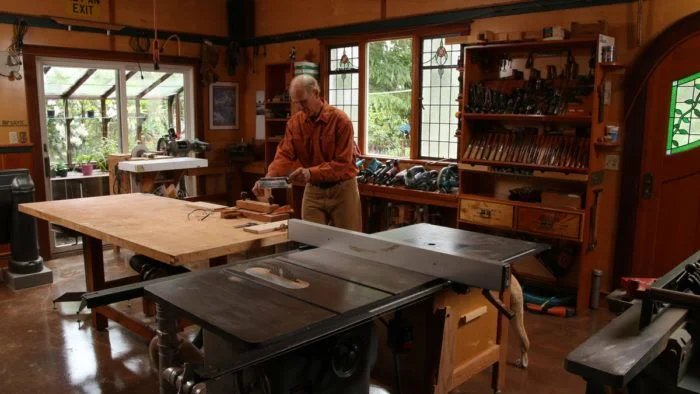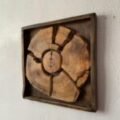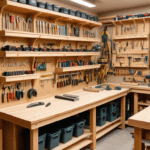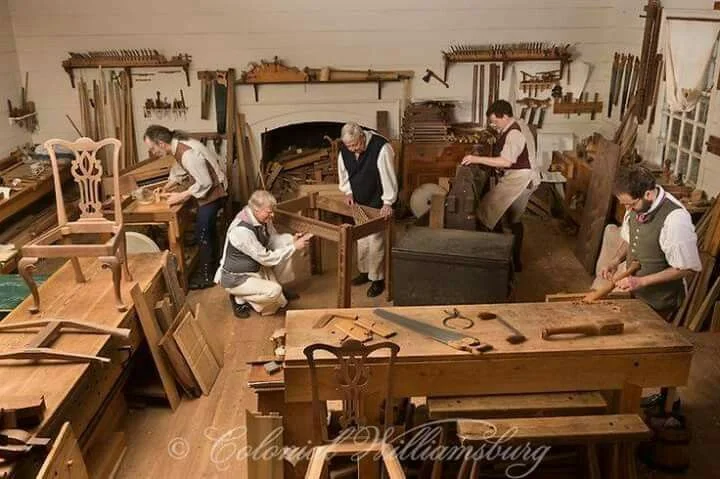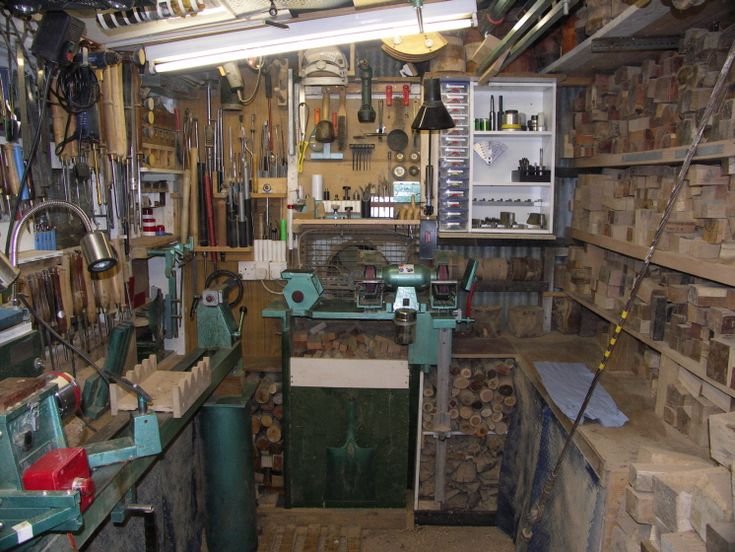Finding My Way in Dutch Woodworks
You know, I’ve always had a love for wood ever since I was a kid. I remember walking through local craft fairs with my parents, eyes wide as saucers. Those handcrafted wooden toys and intricate furniture pieces—you could smell the varnish and see the grains shining under the light. There was something about it that just felt so alive. Fast forward a couple of decades, and here I am, a middle-aged guy in my small town, experimenting with Dutch woodworks in my little garage.
Now, I should clarify that I’m no pro. I’m still learning, making mistakes, and trying to figure out what works best for me. Like the time I thought I’d impress the neighbors by building a new coffee table. I mean, how hard could it be, right? So I watched a whole bunch of videos, convinced myself I was ready, and dove headfirst into it.
The Planning Stages (or the Lack Thereof)
I remember getting all the materials from the local hardware store. I went for maple—beautiful grain, sturdy but not too heavy. I even splurged on a fancy set of clamps. Trust me, those things came in handy later, but I didn’t realize how much of a disaster I was setting myself up for.
Sitting there with my coffee, I thought I had it all figured out—just measure twice, cut once, right? Well, here’s the kicker: I was so wrapped up in wanting it to look perfect that I didn’t focus on the basics. I sketched out a rough design and jumped straight to cutting the wood, thinking that would save me time. Spoiler alert: it did not.
The Slip-Up
I got out my circular saw and fired it up, but oh boy, was it loud! It scared the bejesus out of me the first time I flipped it on. I mean, your average chainsaw is bad enough, but this thing felt like a mini jet engine. Then, somewhere between the noise, the smell of fresh-cut maple, and my own overconfidence, I slipped. And let me tell you, that saw did not miss. I ended up with a couple of pieces of wood that were meant to fit together, well, not so much.
My heart sank. I almost gave up right then and there. The thought of all that time wasted felt like a punch to the gut. I sat down on my workbench, staring at these pieces that no longer resembled anything close to my original plan. I was a little embarrassed too—what would my neighbors think? But then, as I took a sip of my lukewarm coffee, I noticed the way the light hit the grain of the wood. Even the messed-up cuts had a character to them. I decided to stick with it.
Figuring It Out (Kind Of)
After a night of moping and a chat with my buddy Jim, who’s got a mean woodworking shop, I realized that I could just embrace my blunders. If the pieces didn’t fit together like I envisioned, what if I turned that into a feature instead of a flaw? Jim always says there’s no “right” way to do woodworking; you just have to be willing to tweak things on the fly. So, I took a deep breath, pulled out my router—an old Craftsman one that’s been around since the dinosaurs—and tried to salvage what I could.
That thing buzzed louder than the circular saw but felt more manageable. The smell of the router cutting through that maple was oddly satisfying, like a fresh loaf of bread baking. You might roll your eyes, but that’s what I thought. I imagined the whole process like I was shaping some culinary delight from an old family recipe, one that got passed down through the generations.
A Lesson Learned
What I didn’t expect was to laugh when it all finally came together. After more measuring and re-measuring than I care to admit, I ended up with a funky but beautiful coffee table. Sure, it wasn’t the sleek, minimalist piece I had envisioned, but it had quirks that reflected my own learning process. One leg slightly shorter than the rest? Sure. A little more wood filler here and there? Absolutely!
When I finally put it in my living room and plopped down on the couch, I felt a wave of pride wash over me. Every crack and imperfection told a story. My family loved it, and I even got a compliment from my neighbor, Susan, who said it had “character.” I laughed; it was so much better than just “perfect.”
Conclusion: Just Go for It
Looking back, that project taught me so much more than I could have gleaned from any tutorial online. The smell of that wood, the wild sounds of my tools buzzing, the moments of doubt—each one brought me closer to understanding what woodworking is all about: it’s not just about the final product, but about the journey.
So, if you’re sitting there on the fence, contemplating diving into woodworking or any new project for that matter, just go for it. Don’t be afraid to mess up; it’s part of the fun. After all, life’s a bit like that coffee table I made: perfectly imperfect. And you might just end up creating something that’s truly yours along the way.

